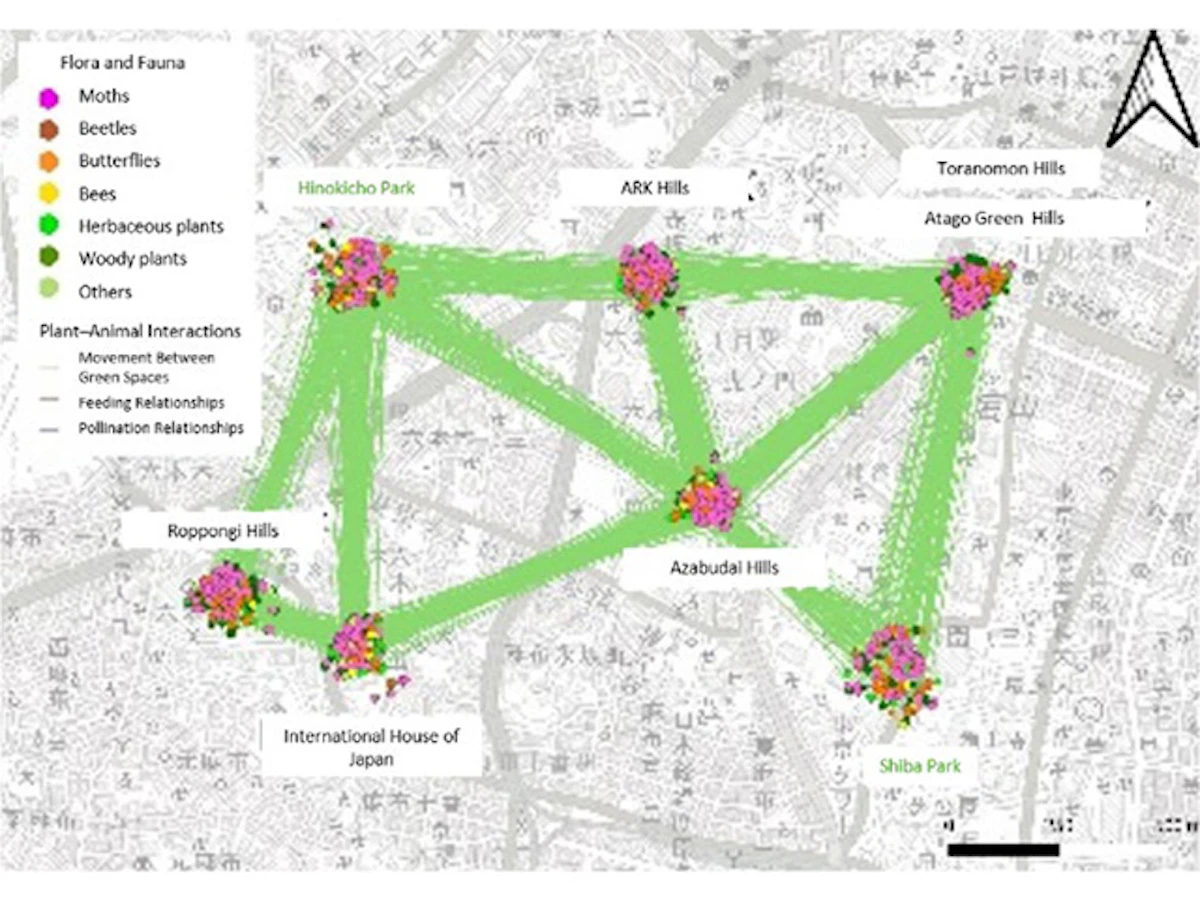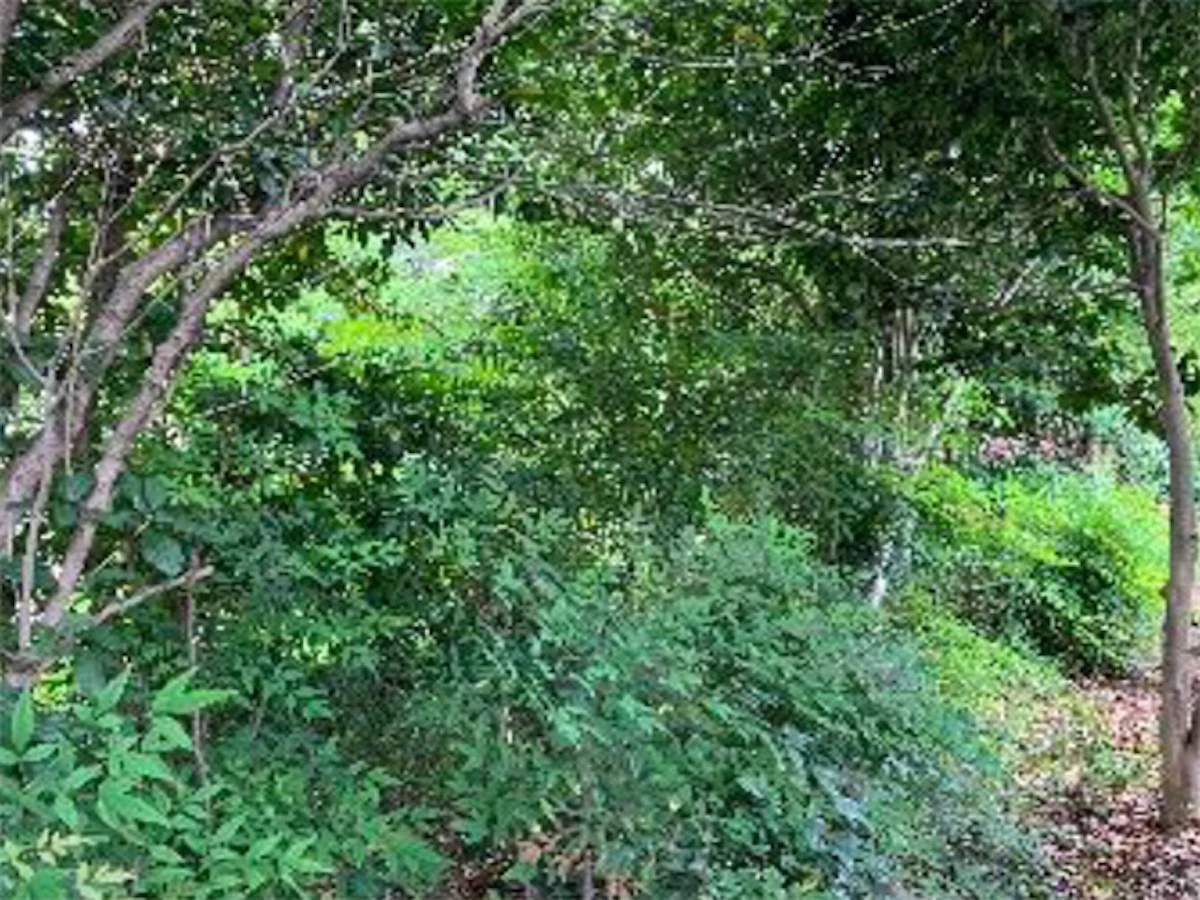Mori Building Adopts TNFD-aligned Disclosures to Strengthen Its Nature-positive Initiatives
Striving to increase its positive impact on urban ecosystem services and biodiversity
Tokyo, June 30, 2025 -- Mori Building Co., Ltd., Japan's leading urban landscape developer, announced today that it has begun disclosing key information about its urban development initiatives to achieve urban biodiversity and other nature-positive outcomes following the company's decision to participate in the Taskforce on Nature-related Financial Disclosures (TNFD) Forum.
As part of its TNFD-aligned disclosures, Mori Building conducted a study of its dependence on and impact on nature within its strategic portfolio of urban redevelopment projects in Tokyo's Minato City and its regional energy supply business. The study revealed that the interaction between green spaces within the company's various "Hills" complexes and nearby major green areas has created an ecological network that enables approximately 180 insect species to move about in the heart of Tokyo. The study also confirmed that Hills developments have formed rich, biodiversity-friendly soils capable of high carbon sequestration, similar to so-called satoyama areas of traditional Japan characterized by rich natural and arable land.
TNFD-based analysis of nature-related information
- Formation of Ecological Networks Supporting Around 180 Insect Species, Including Threatened Ones
At Mori Building's major developments, including ARK Hills, Roppongi Hills, Azabudai Hills and Toranomon Hills, vegetated and aquatic spaces serve as habitats for a wide range of species. In addition, these spaces interact with other large green areas nearby, such as the Imperial Palace grounds and Shiba Park. The study showed that such interactions foster the formation of ecological networks in central Tokyo that support diverse relationships between insects and plants, thereby helping to protect and foster urban biodiversity.
The findings also suggest that these networks facilitate the movement of approximately 180 insect species, including the Akashijimi butterfly (Japonica lutea), which the Tokyo Metropolitan Government has designated as a threatened species. - Creation of Satoyama-like, Carbon-rich Soils
The soils within Mori Building's Hills developments support a rich diversity of soil microorganisms, the result of eco-minded planning during development and ongoing management and operation facilitating natural maturation over time.
These soils exhibit nutrient-cycling characteristics similar to those found in healthy satoyama soils. In addition, some areas were found to have exceptionally high levels of carbon sequestration, suggesting that these soils help mitigate climate change by capturing and storing carbon within their urban ecosystems.


Cities form the foundation of human activity and are key to realizing a sustainable world. Mori Building, guided by its philosophy to "Create Cities, Nurture Cities," is committed to furthering its initiatives to create a more nature-positive future, including by promoting harmony between cities and nature, urban decarbonization, and the circular use of urban resources.


